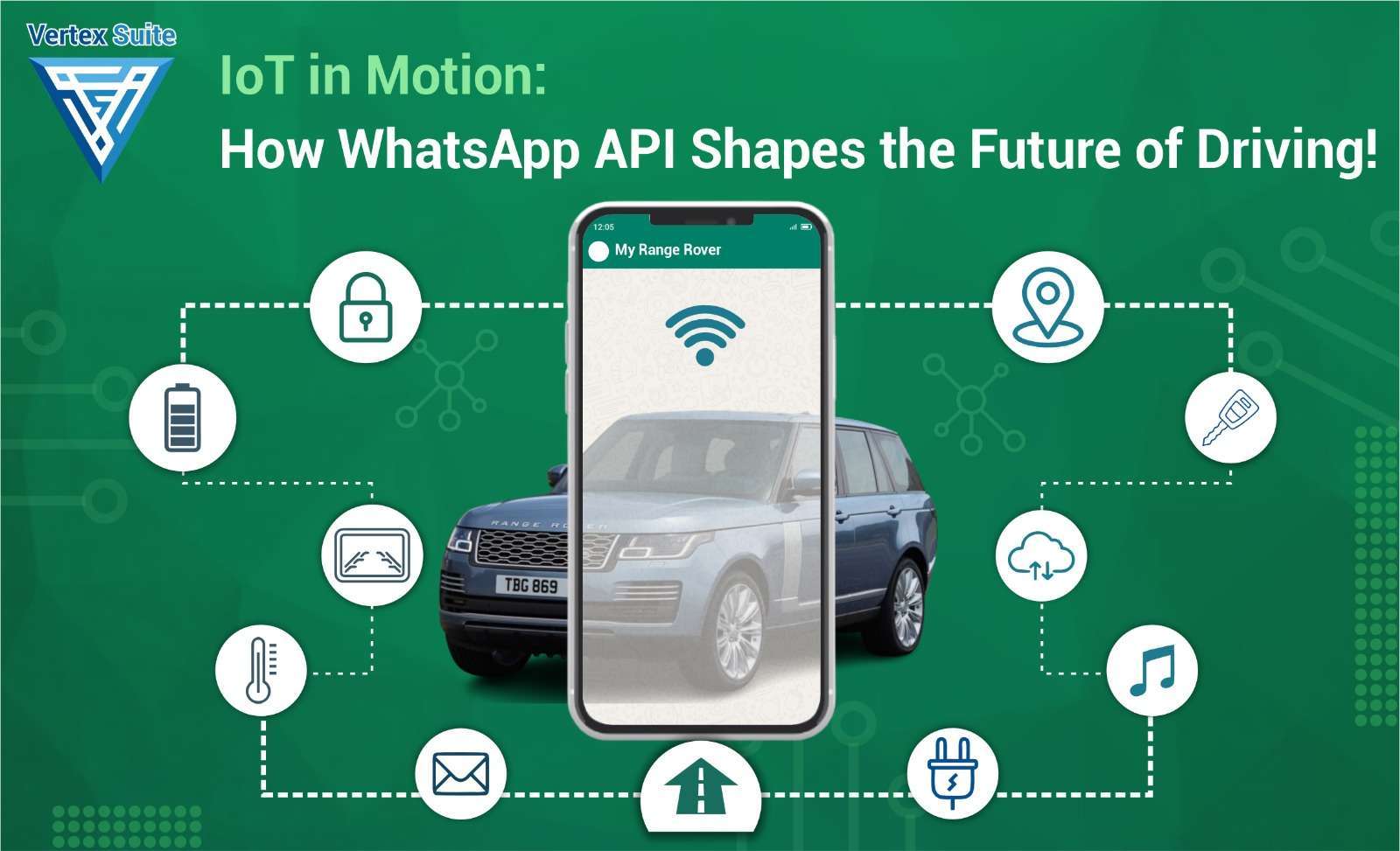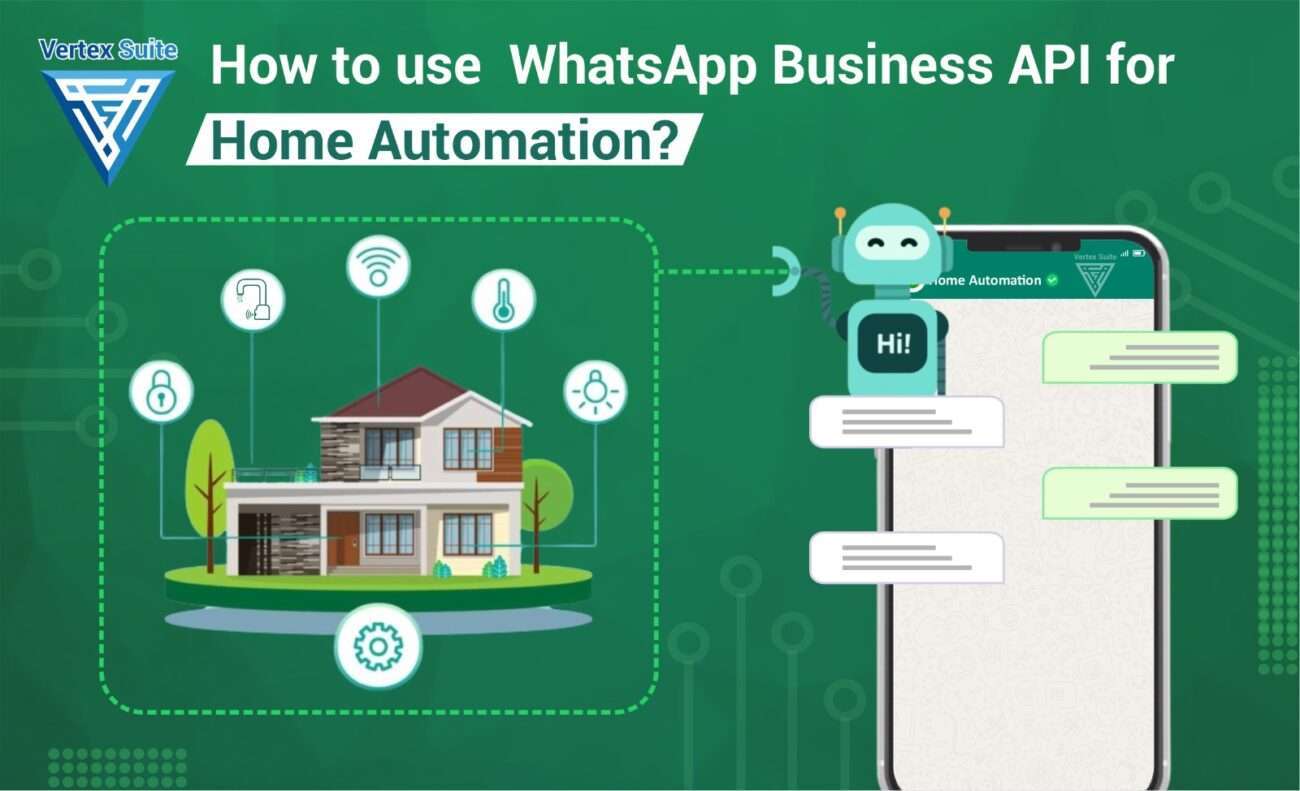Automation is gaining momentum in every aspect of our daily activities, making tasks easier for us. Typically, we start our day with our mobile devices, where Alexa plays our favorite music, reads news, or provides essential schedules. With advancing technology, we incorporate more automation into our daily routines, including smart TVs, lights, refrigerators, and automated vehicles. The concept of smart homes is becoming prevalent, the moment you enter home everything starts functioning as soon as the home sense your presence triggered by sensors.
As technology advances and incorporates AI into the automotive industry, it transforms the business landscape and influences buyer behaviour. What used to be perceived simply as a car has evolved with the addition of smart features, making operation seamless. The integration of artificial intelligence and IoT in smart cars introduces advanced safety features, entertainment options, real-time vehicle maintenance, and autonomous driving capabilities. We are approaching a future where every vehicle will likely be autonomous, operated through sensors or AI algorithms. These sensors capture real-time data, providing crucial safety information to prevent unforeseen events. Automation in the automotive sector is revolutionizing vehicle operation, ensuring safety, efficiency, and an enhanced driving experience.
A time is approaching when individuals will control their cars through WhatsApp. Let's explore how this revolutionary development will unfold.
1. Remote Vehicle Start-up:
Imagine a scenario that occurs daily: you're running late for an appointment, and in the cold winter, you need to check if your vehicle will start. With this innovative feature, you can remotely start your vehicle using WhatsApp, ensuring engine will be warm and you're ready to go for a smooth ride.
2. Adaptive Lighting System:
Safety is a primary concern while driving, and we leverage IoT to enhance this aspect. By incorporating sensors, we introduce an innovative feature—an adaptive lighting system that automatically adjusts the intensity of a vehicle's lights while in motion. This ensures that the headlights don't blind or distract drivers approaching from opposite directions, significantly improving night time driving conditions.
3. Predictive Maintenance Alerts:
IoT facilitates real-time monitoring of a vehicle's performance. Various sensors on the vehicle collect data, enabling the analysis of potential faults. The system can predict issues and send maintenance alerts to users via WhatsApp. This proactive approach not only prevents unexpected accidents but also avoids vehicle damage, ultimately extending its lifespan.
4. Location-Based Services:
Getting a car parking has always been the struggle but now finding a parked car in a vast parking lot has become a common challenge. Fortunately, IoT addresses this issue by providing location-based services through WhatsApp. With this feature, you can easily locate your vehicle as it sends directions to you or allows you to share them with others, enhancing both security and convenience.
5. Eco-Friendly Driving Assistance:
Promoting and adopting eco-friendly driving practices is becoming essential. For environmentally conscious drivers, IoT offers features that contribute to sustainability by analyzing fuel consumption patterns and minimizing pollution. The system can provide suggestions based on data analysis to optimize fuel efficiency, reduce emissions, and encourage a more sustainable driving style.
6. Anti-Theft Measures:
Enhanced security naturally arises from the integration of IoT in vehicles. Anti-theft measures, like remotely locking/unlocking doors or disabling the engine, can be executed through WhatsApp, offering users peace of mind and safeguarding their vehicles from theft.
Car manufacturers are now enhancing features by incorporating AI and machine learning tools into driving systems. These advancements assist in navigating traffic signals, assessing weather conditions, and checking speed limits. Automotive manufacturers are progressively adopting Artificial Intelligence to improve the vision of autonomous vehicles. This not only anticipates potential issues but also aids in rectifying them, transforming the way we interact with and drive vehicles.
As we navigate the dynamic terrain of IoT-powered vehicle automation, the possibilities appear boundless. With increased safety, enhanced convenience, and a focus on sustainability, the incorporation of IoT in vehicles signifies a substantial leap in the evolution of transportation technology. Moving forward, we will now continue to explore and embrace the transformative potential of IoT in shaping the future of mobility.
1. Predictive Maintenance:
How it works: IoT sensors in vehicles collect real-time data on various components such as engine performance, tire pressure, and brake wear.
Example: AI algorithms analyze this data to predict when a part is likely to fail. The system then alerts the driver or the service center, allowing for proactive maintenance to prevent breakdowns.
2. Connected Cars for Traffic Management:
How it works: Vehicles equipped with IoT sensors share data with each other and with traffic management systems.
Example: AI processes this data to optimize traffic flow, suggesting alternative routes to drivers to avoid congestion. This enhances overall traffic management and reduces travel time.
3. Autonomous Driving:
How it works: AI algorithms process data from sensors, cameras, and radar to navigate the vehicle without human intervention.
Example: Self-driving cars use AI to interpret road conditions, detect obstacles, and make decisions in real-time. Companies like Tesla and Waymo are pioneers in developing autonomous driving technology.
4. Driver Assistance Systems:
How it works: AI analyses data from cameras and sensors to assist drivers in various situations.
Example: Lane-keeping assistance and adaptive cruise control use AI to monitor the vehicle's surroundings. If the car starts drifting out of its lane or gets too close to another vehicle, the AI system can intervene by adjusting steering or braking.
6. Smart Parking Solutions:
How it works: IoT sensors in parking lots communicate with vehicles to guide them to available parking spaces.
Example: AI algorithms analyze the data from parking sensors, helping drivers locate vacant parking spots quickly. Some systems even enable automated parking where the vehicle parks itself.
6. In-Car Personalization:
How it works: AI learns from the driver's habits and preferences through data collected from various sensors and interactions.
Example: The vehicle adjusts settings like seat position, temperature, and music preferences based on the individual driver's history and preferences, providing a personalized driving experience.
These examples illustrate how the integration of IoT, AI, and automation in vehicles is reshaping the automotive industry, rendering vehicles smarter, safer, and more efficient.
The smart integration of diverse tools, managing all car system through WhatsApp without the necessity of installing additional applications, presents an autonomous solution equipped with essential and advanced features tailored to individual needs. Esteemed brands like BMW, Tesla, TATA, and AUDI actively employ AI solutions to enhance customer experiences. There is a conceivable future where every car could be autonomous, ensuring reliable and secure drives.
Future Outlook and Safety in Automotive AI and IoT
The future of AI and IoT in the automotive industry holds tremendous promise, ushering in an era of safer, more efficient, and personalized transportation. As technology advances, we can anticipate even more AI-driven applications, such as advanced driver assistance systems, improved traffic management, and enhanced vehicle-to-vehicle communication. However, as these technologies become more integrated, addressing concerns about data security and cybersecurity will be paramount. The industry is actively working on robust cybersecurity measures to safeguard connected vehicles from potential threats. With ongoing advancements and a commitment to addressing safety challenges, the synergy of AI, IoT, and automation is poised to redefine the automotive landscape, offering a future where transportation is not only more intelligent but also remarkably secure.



